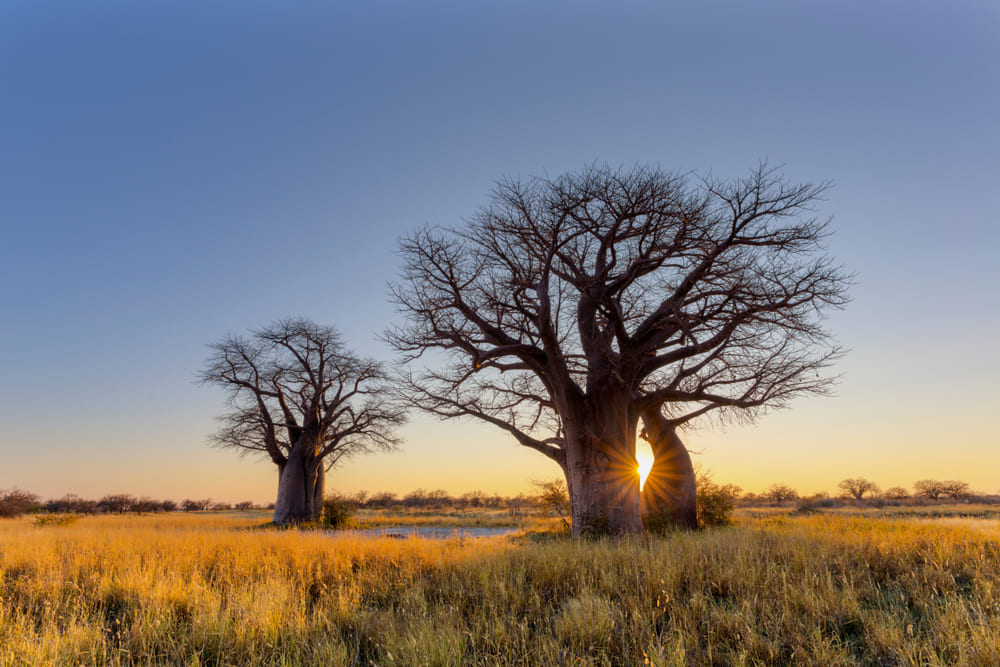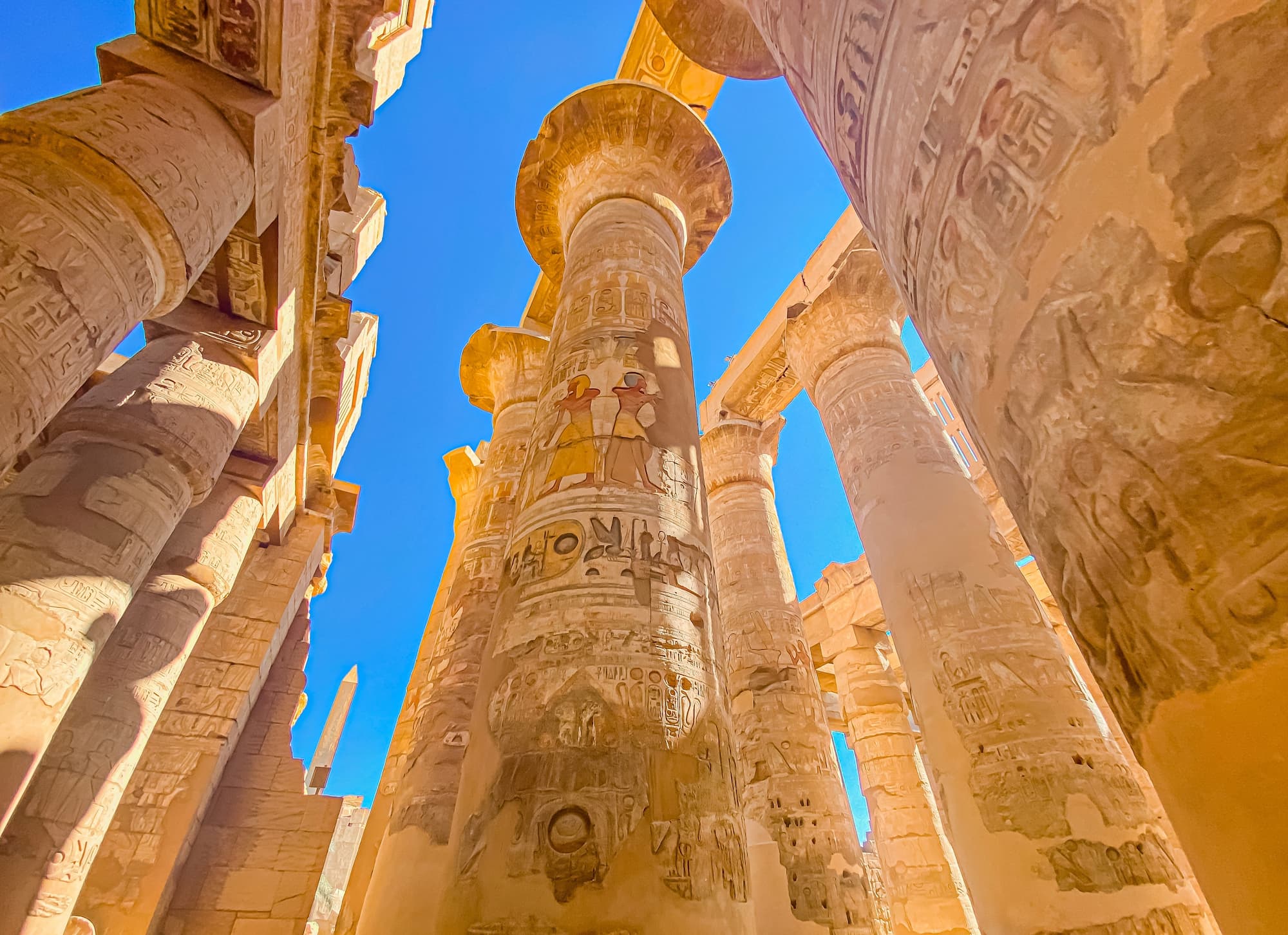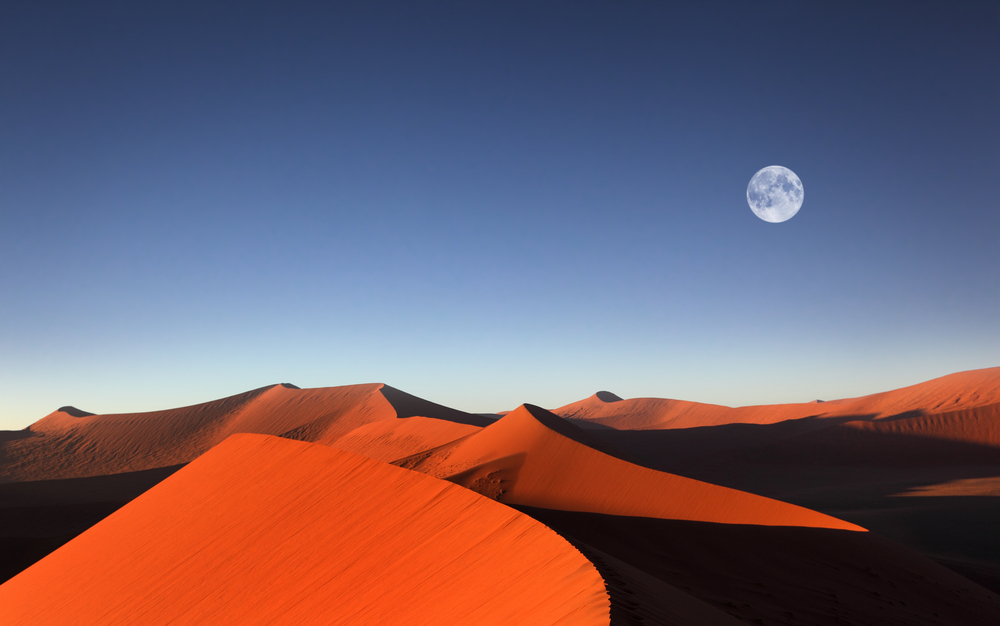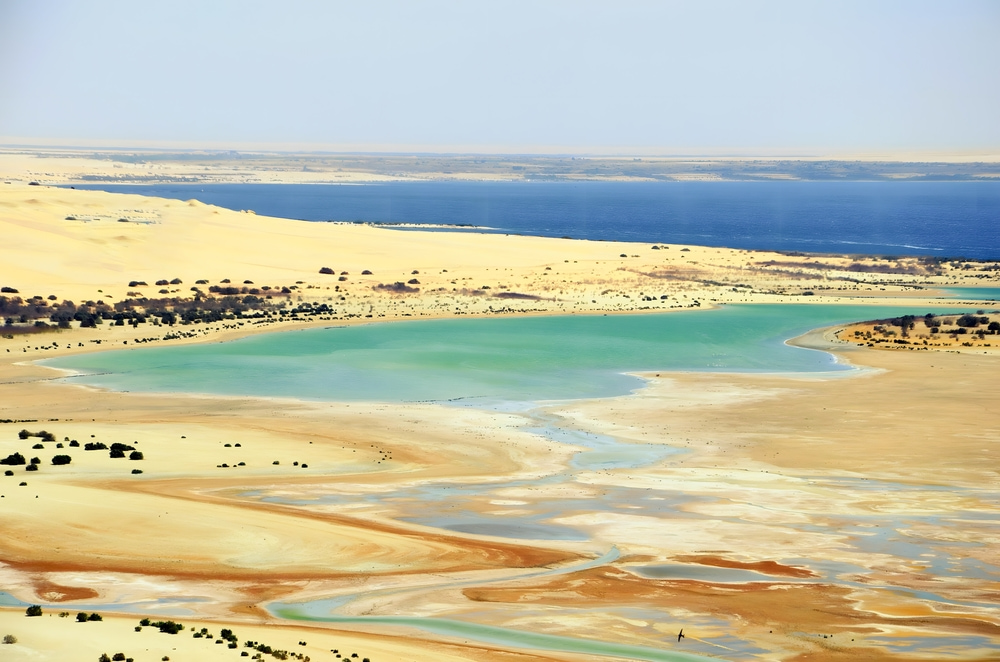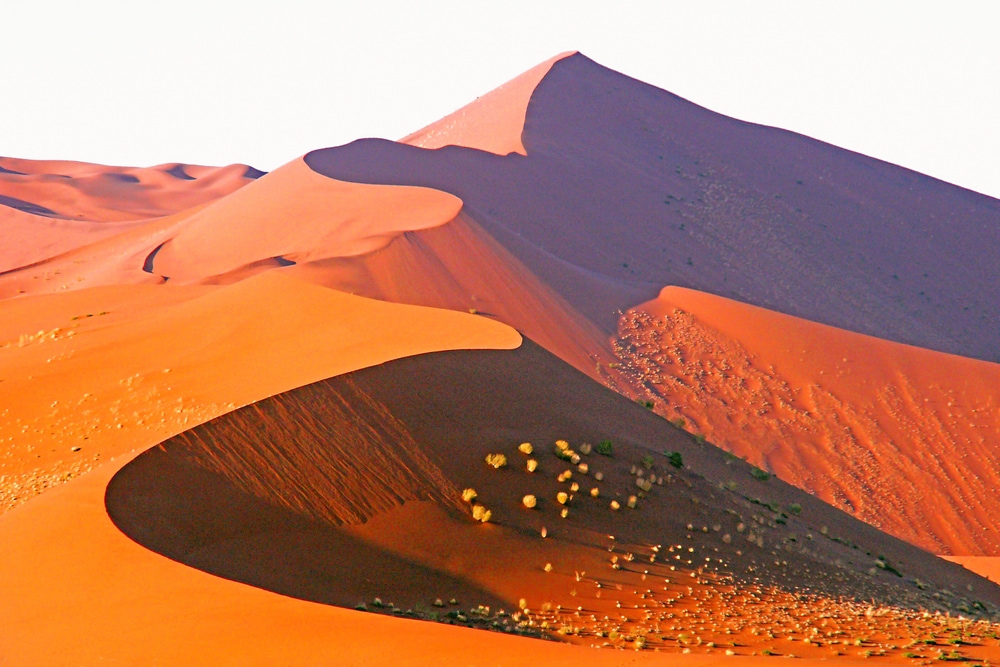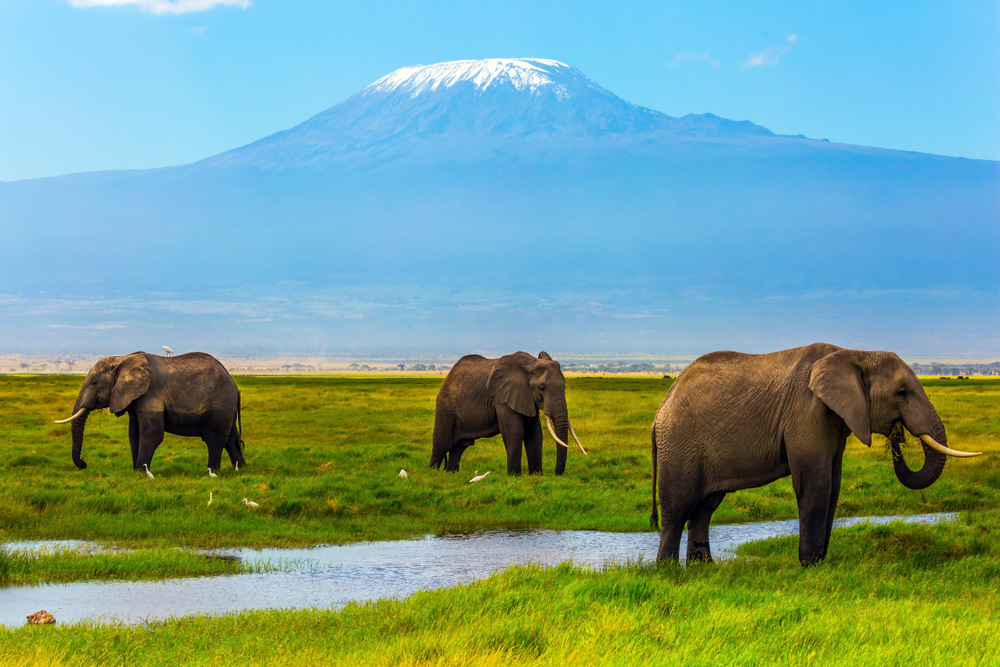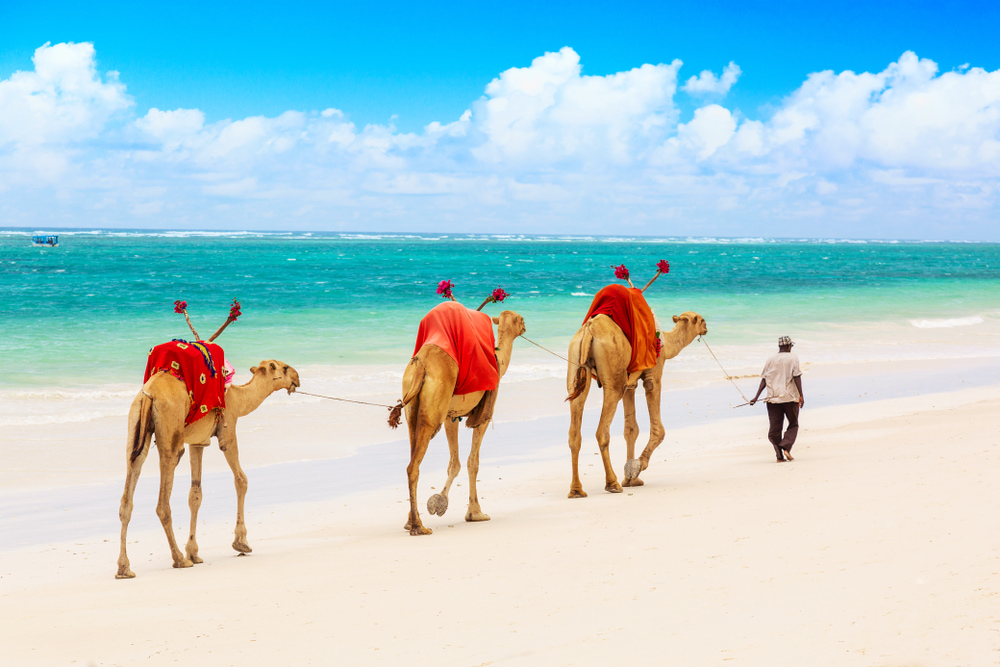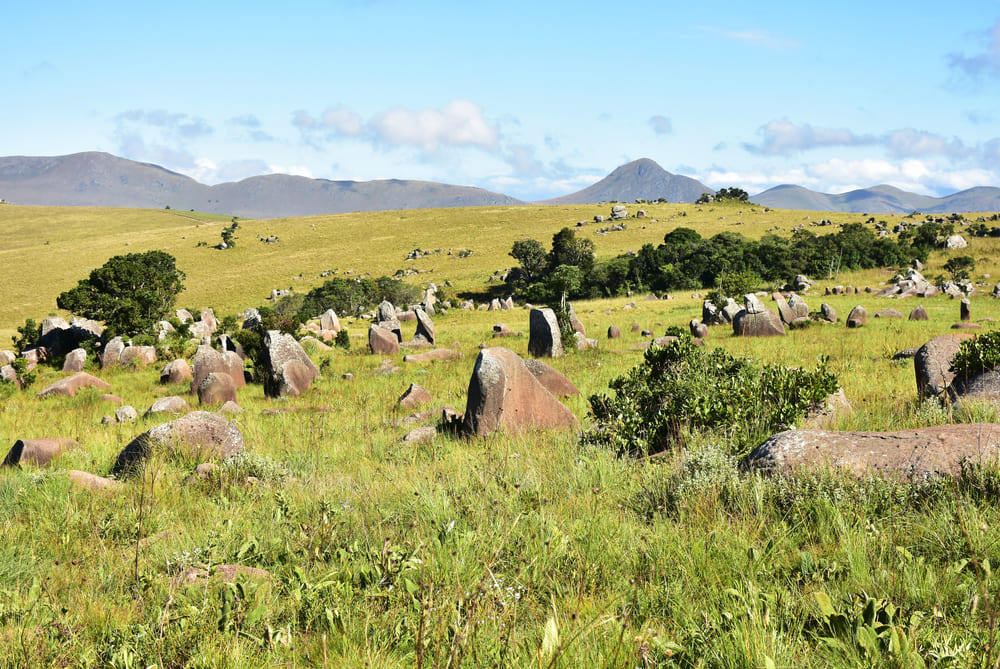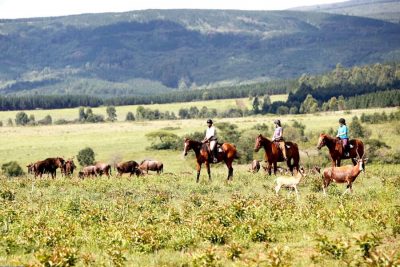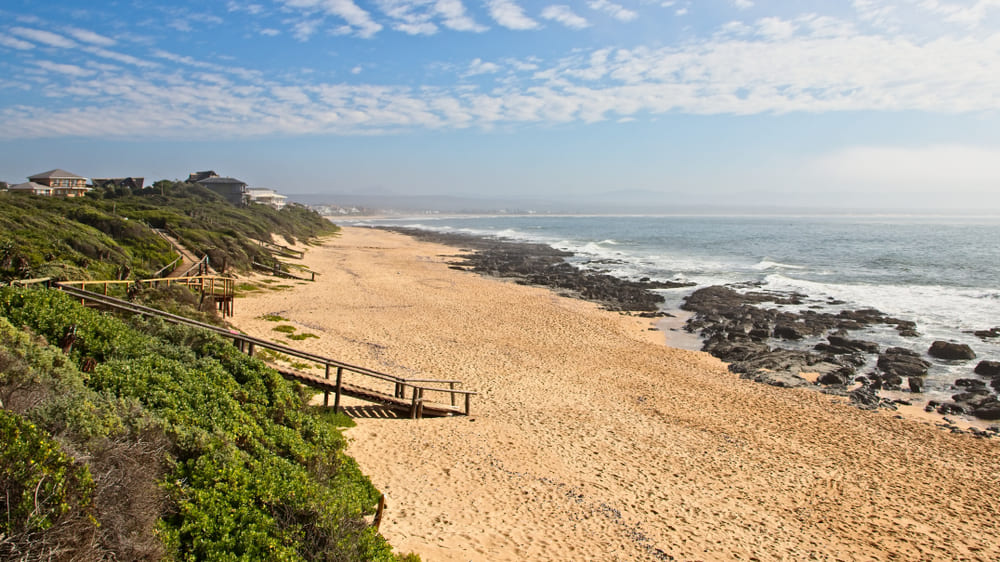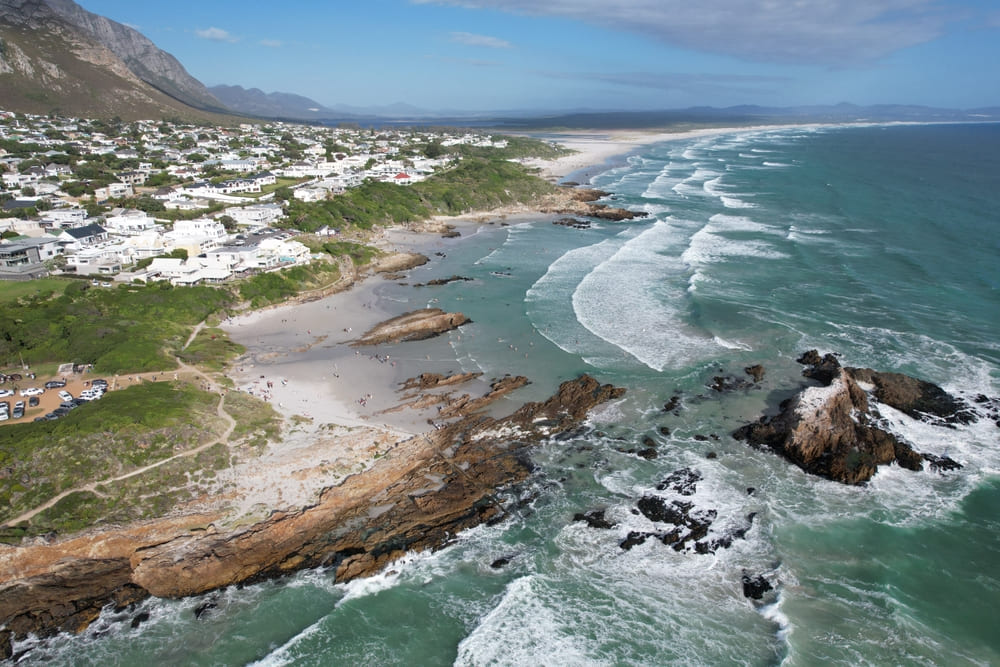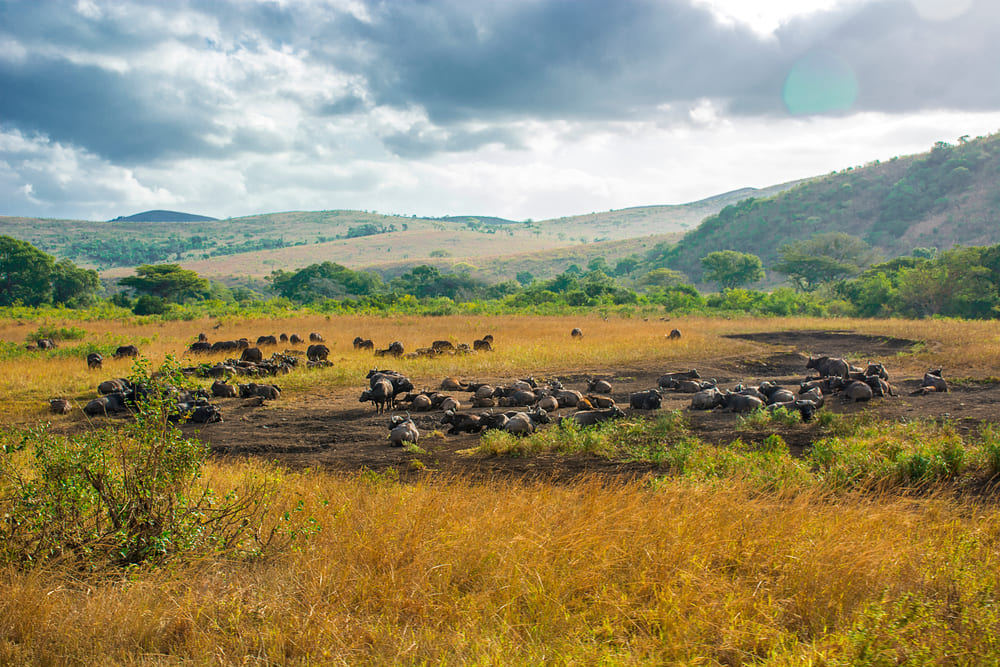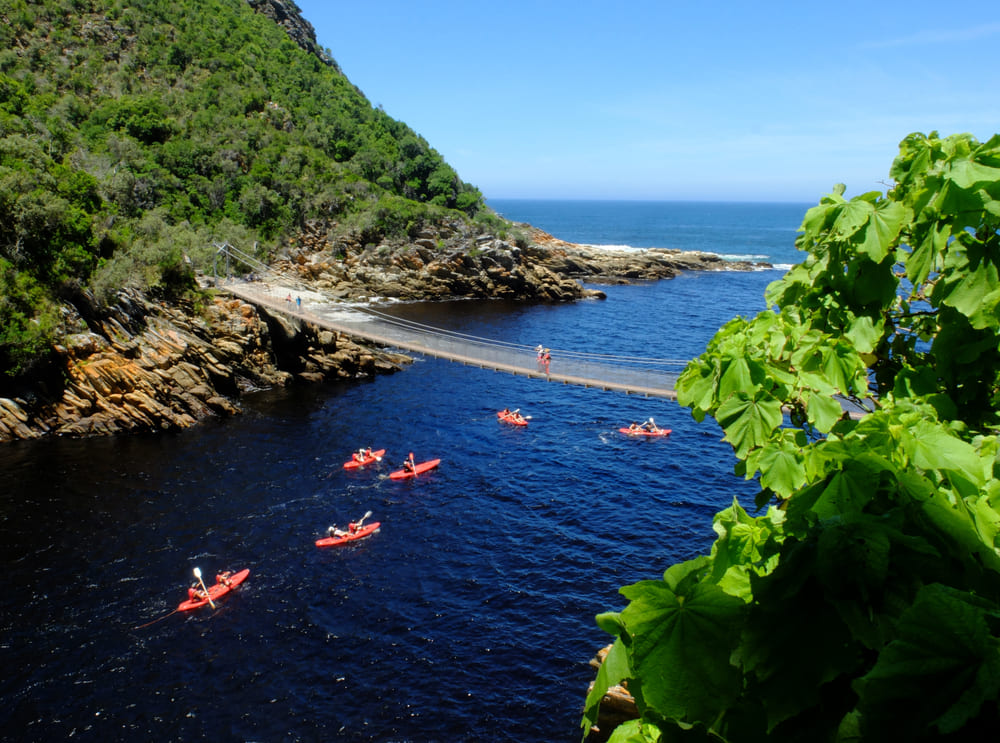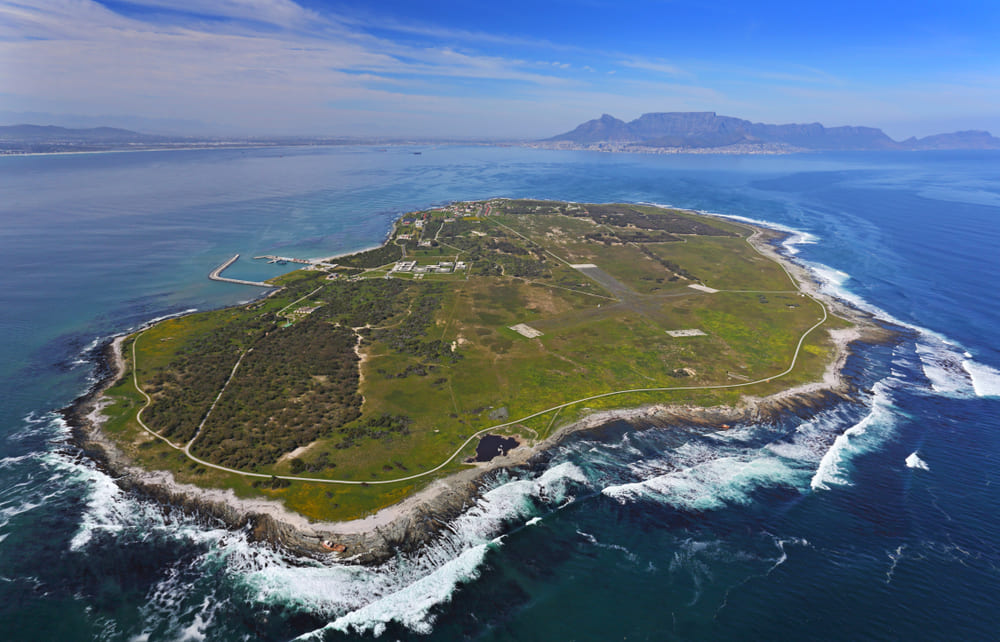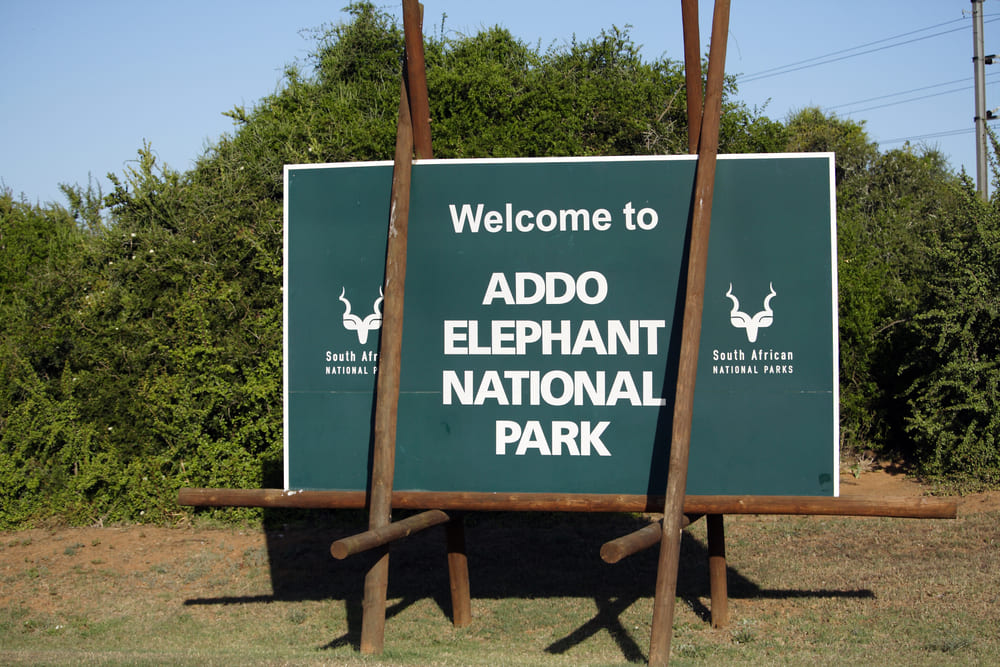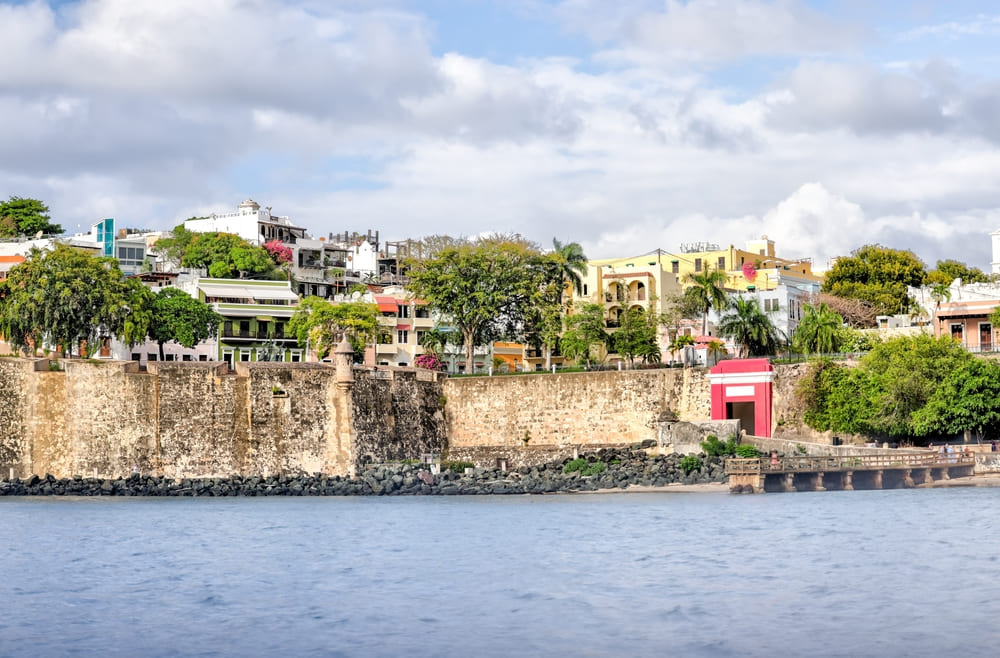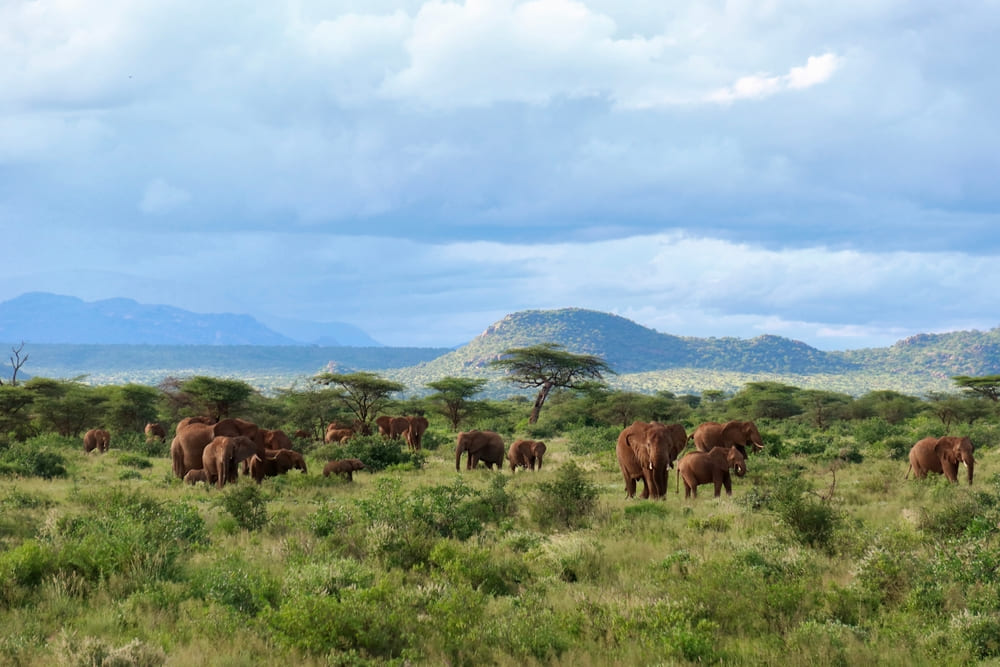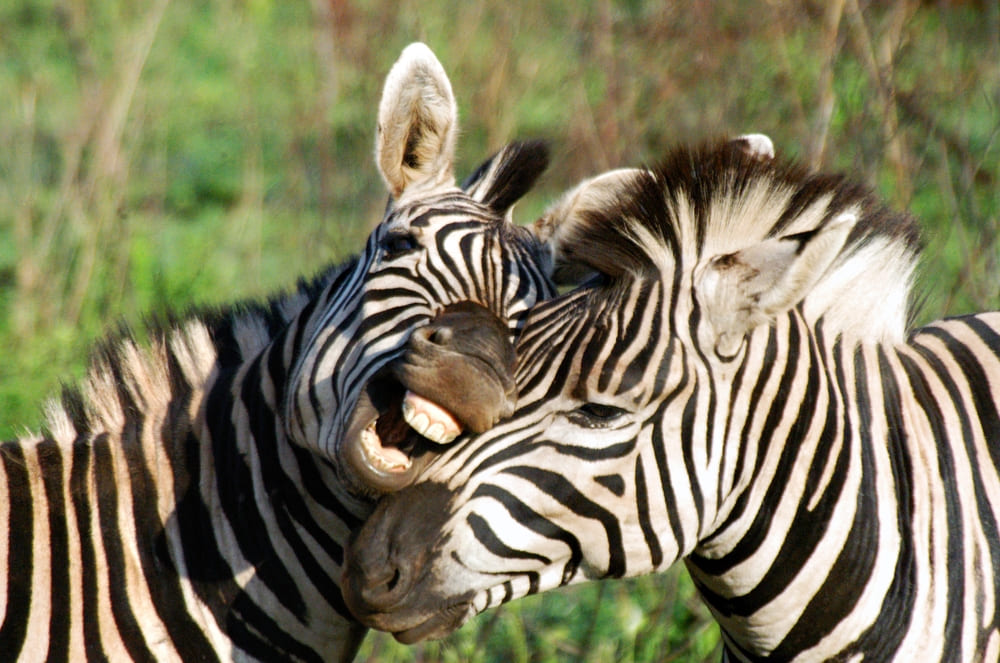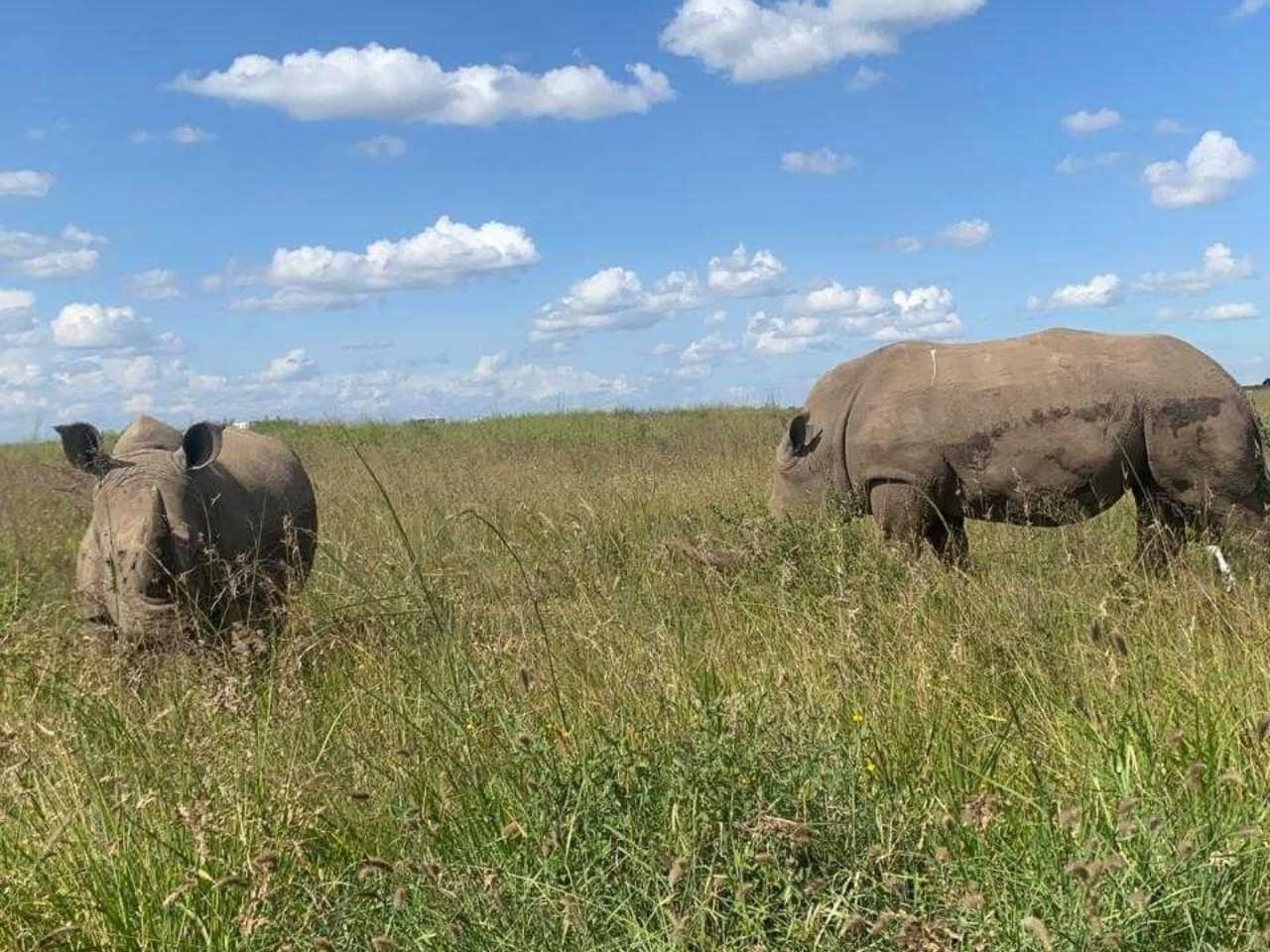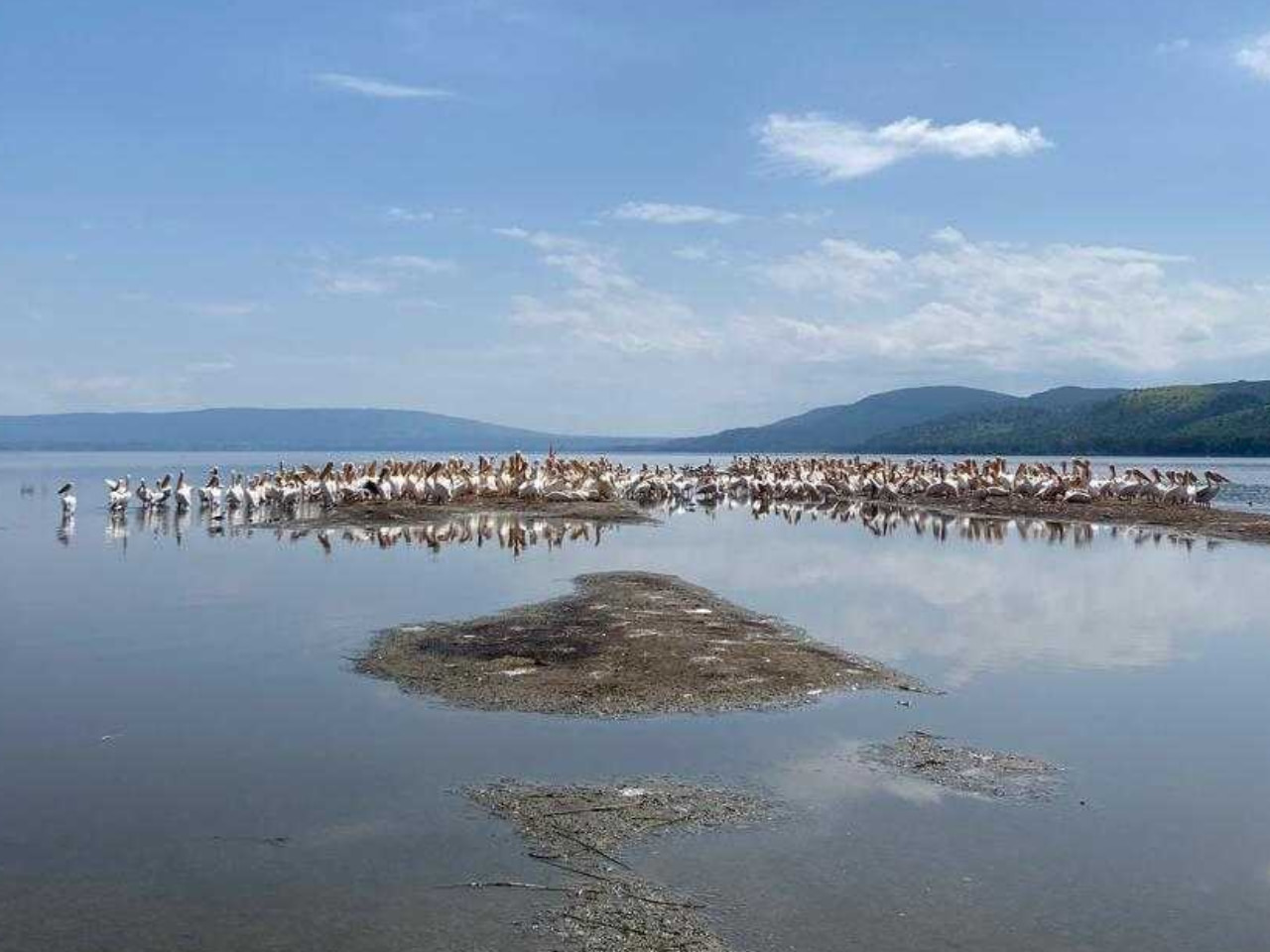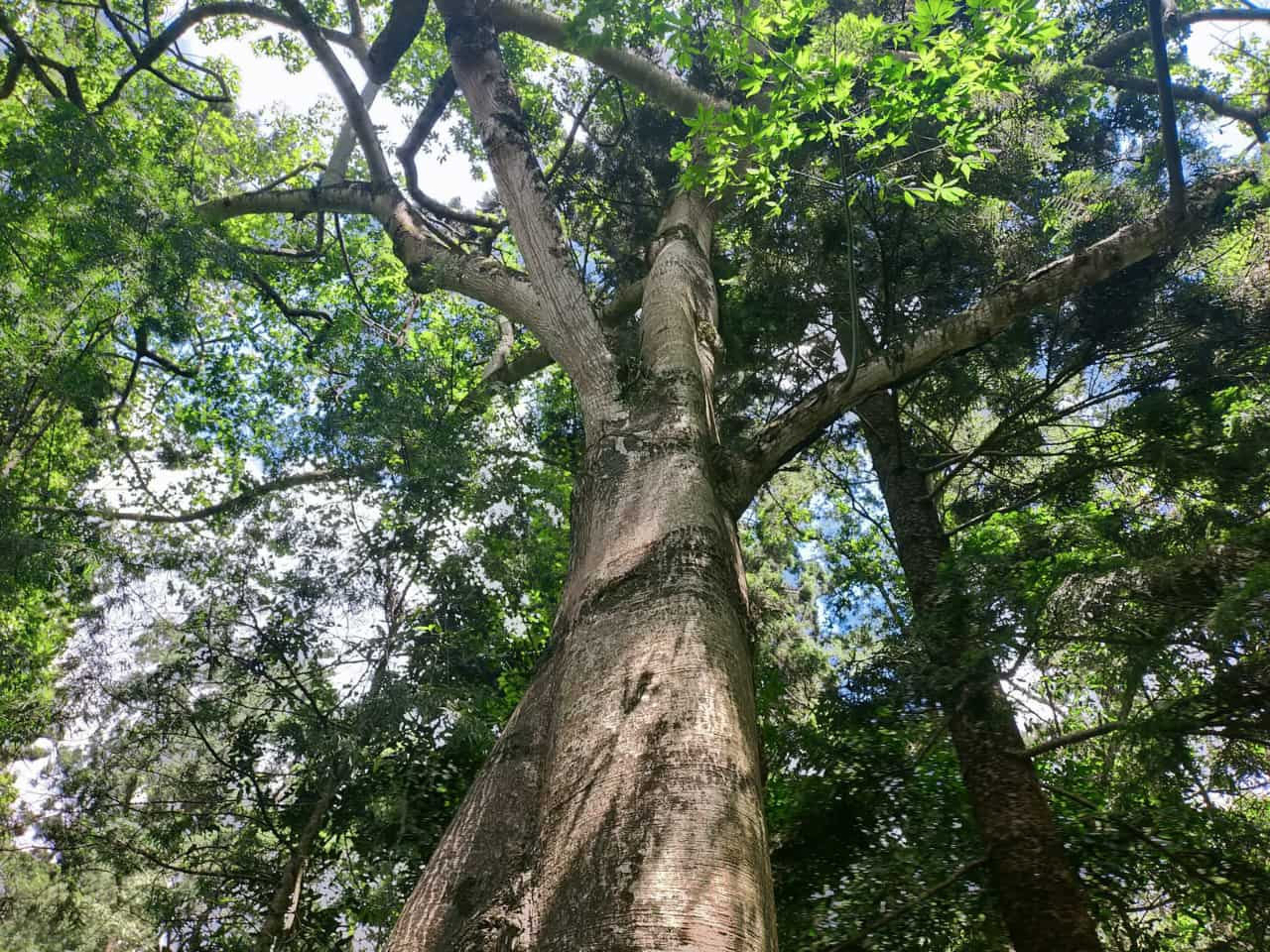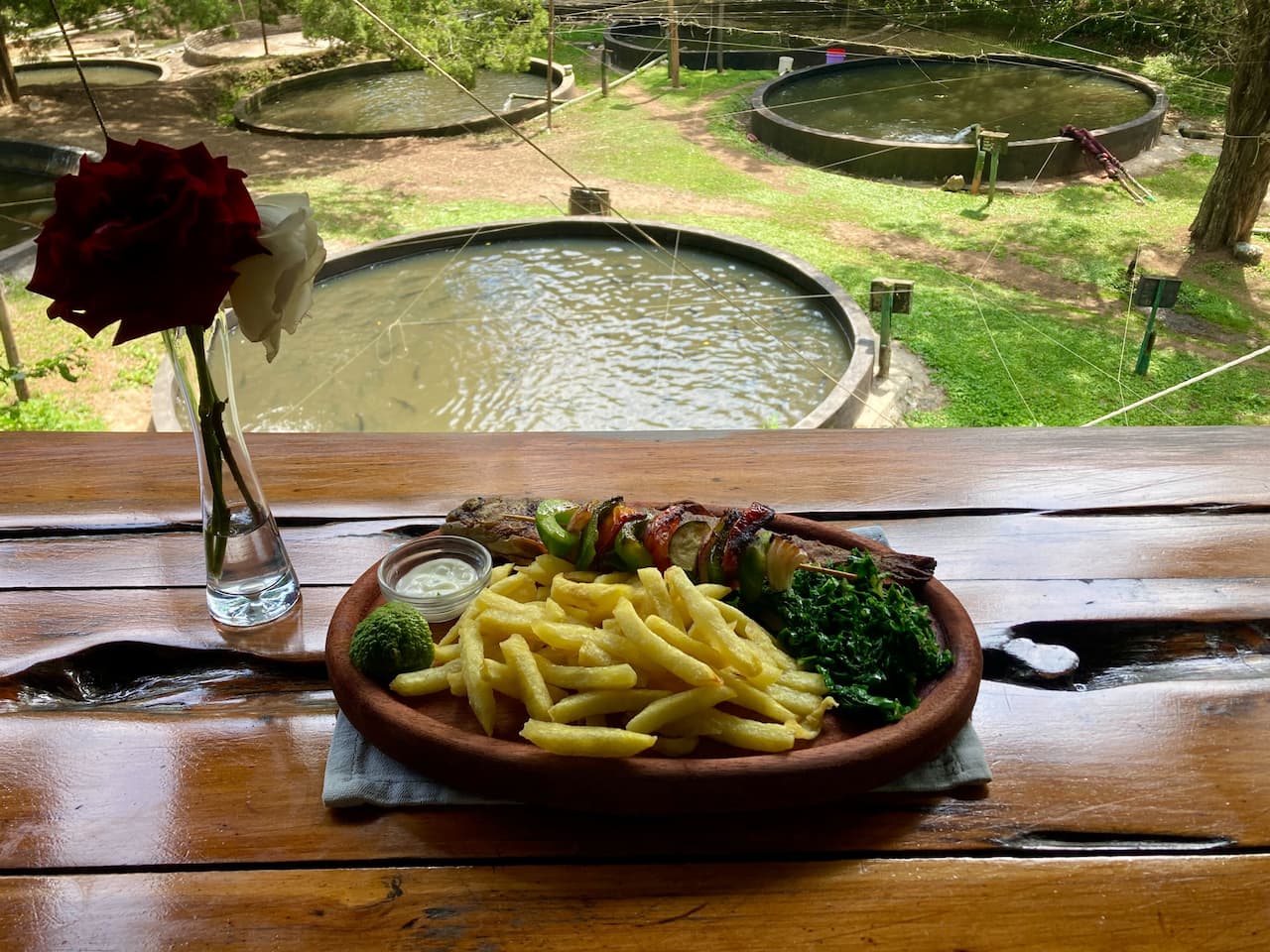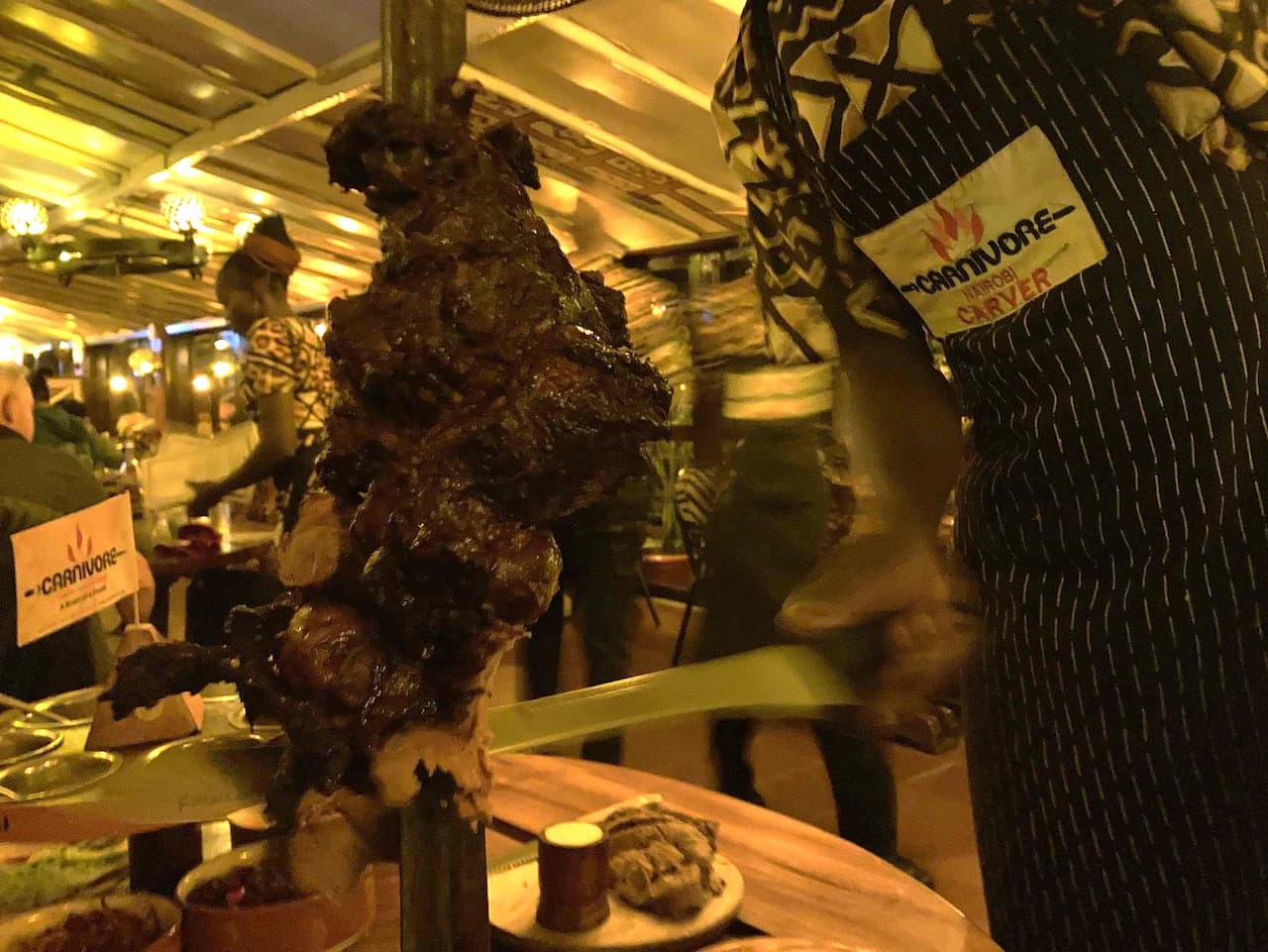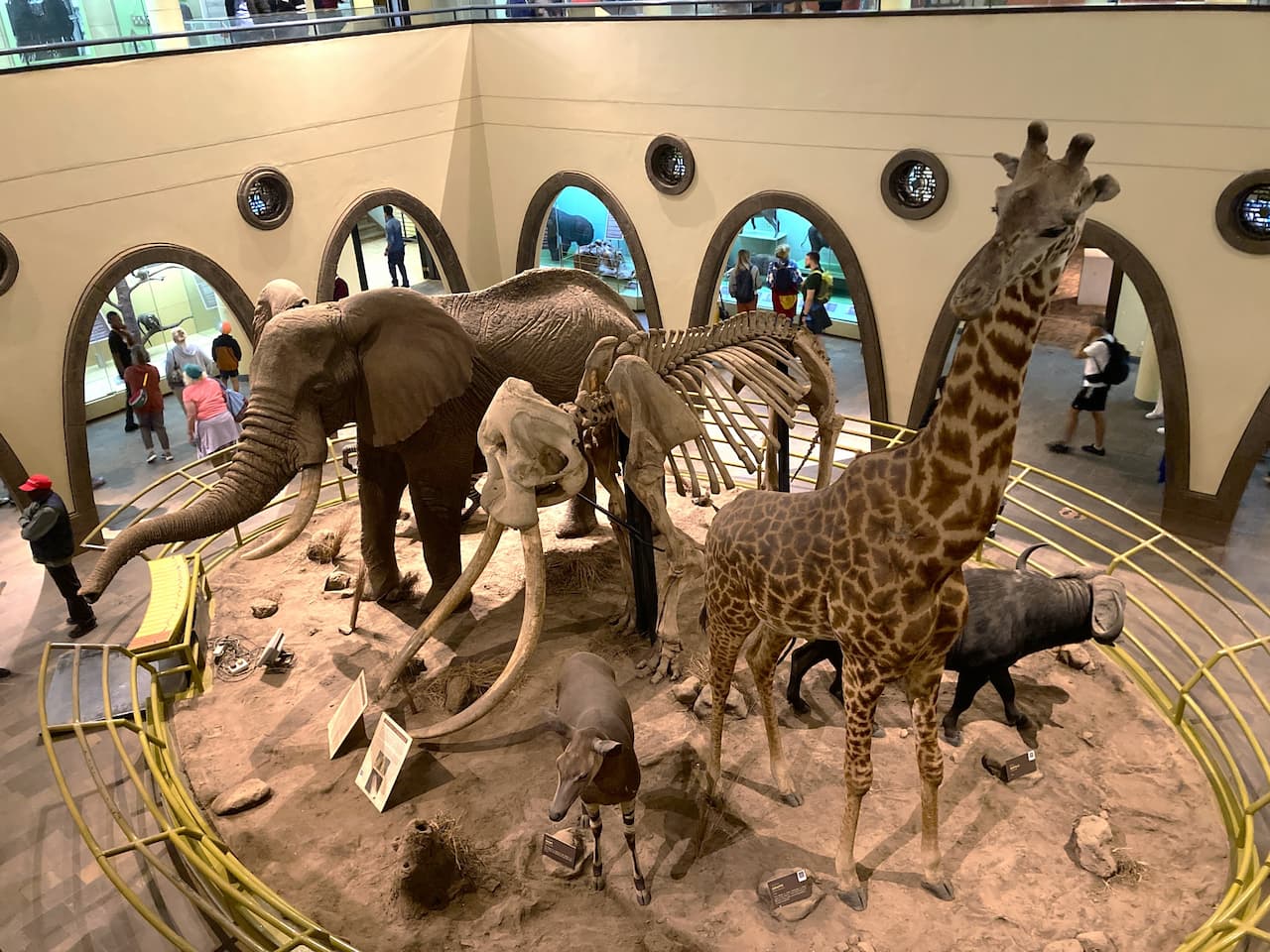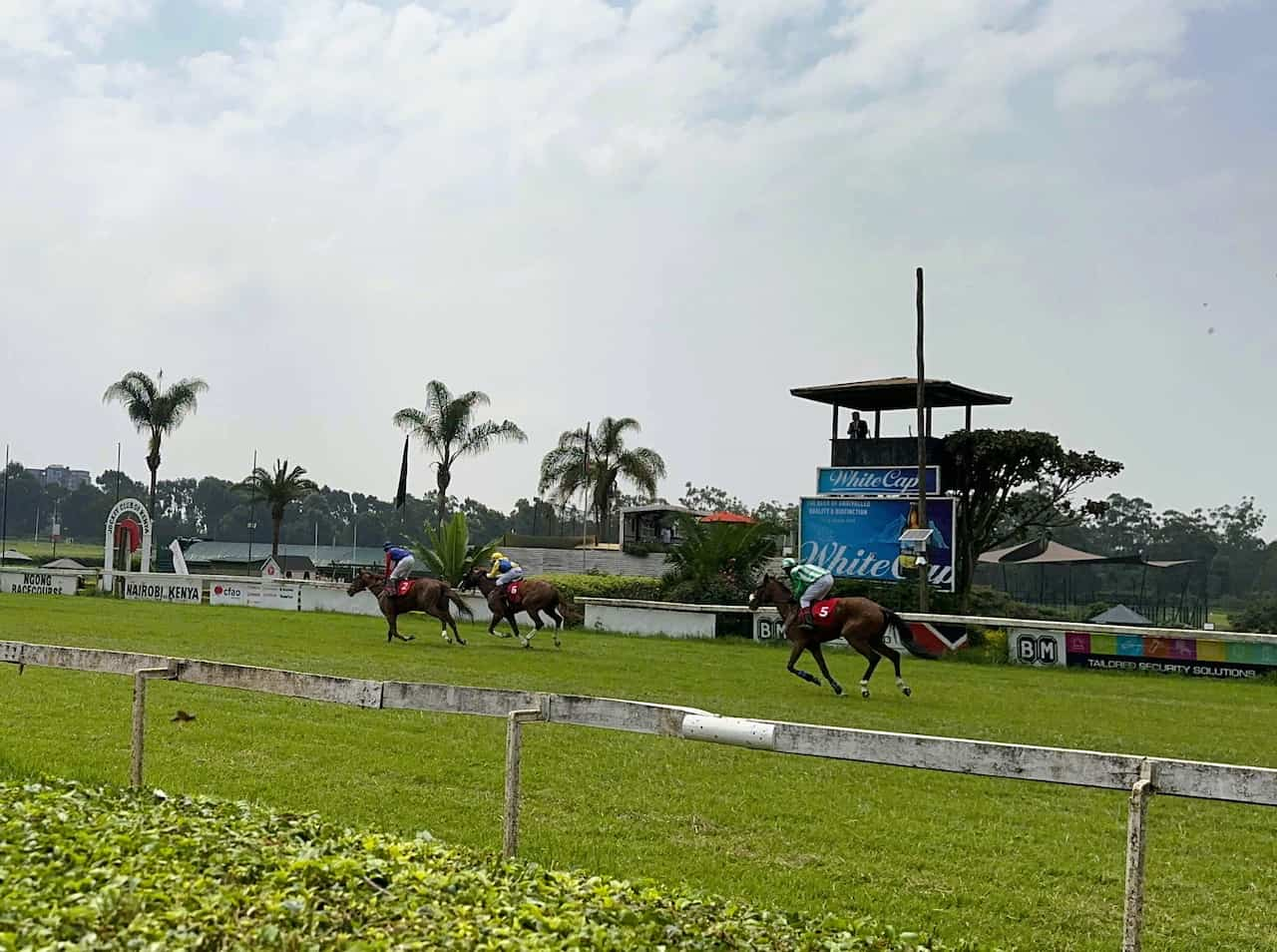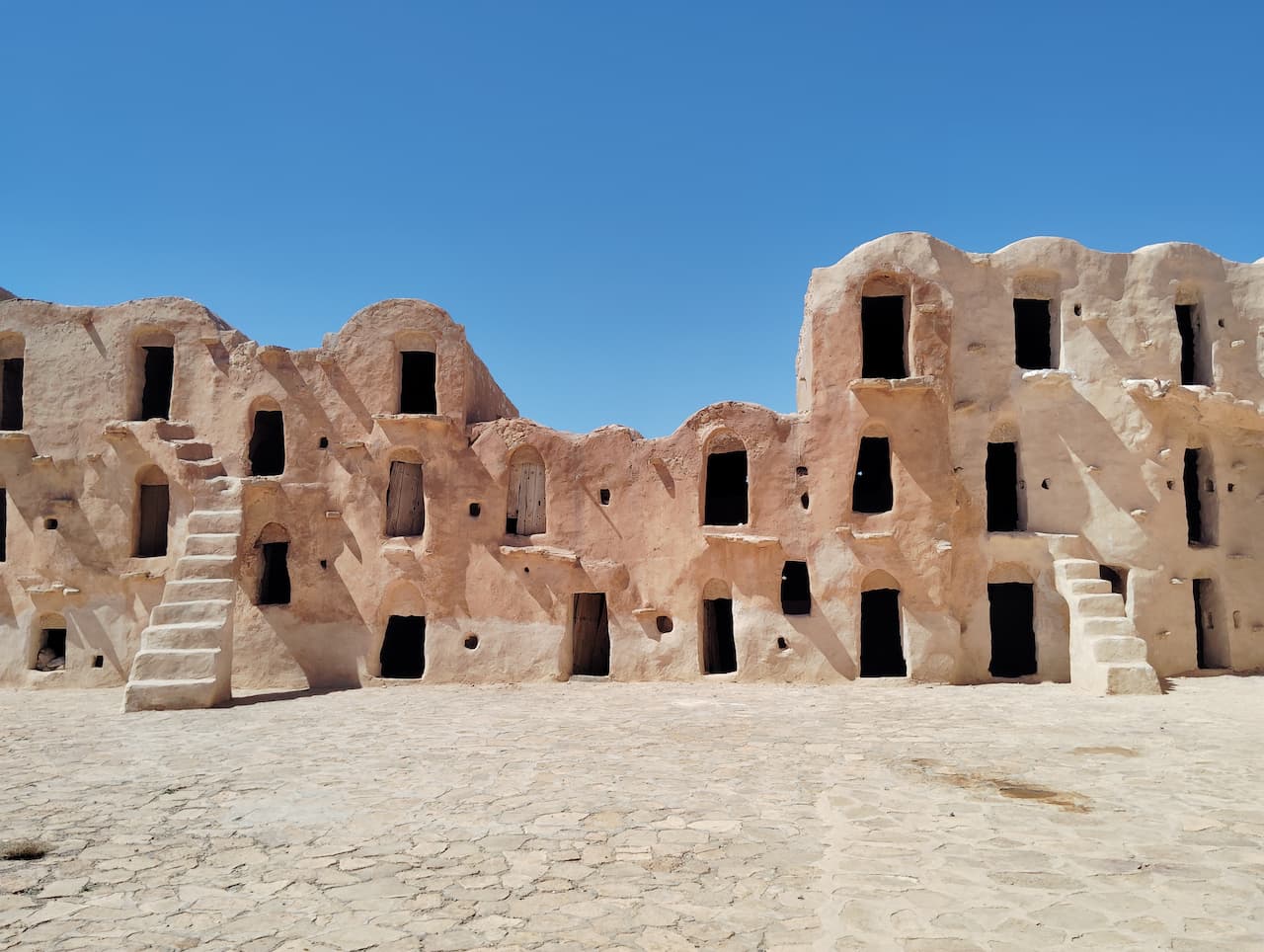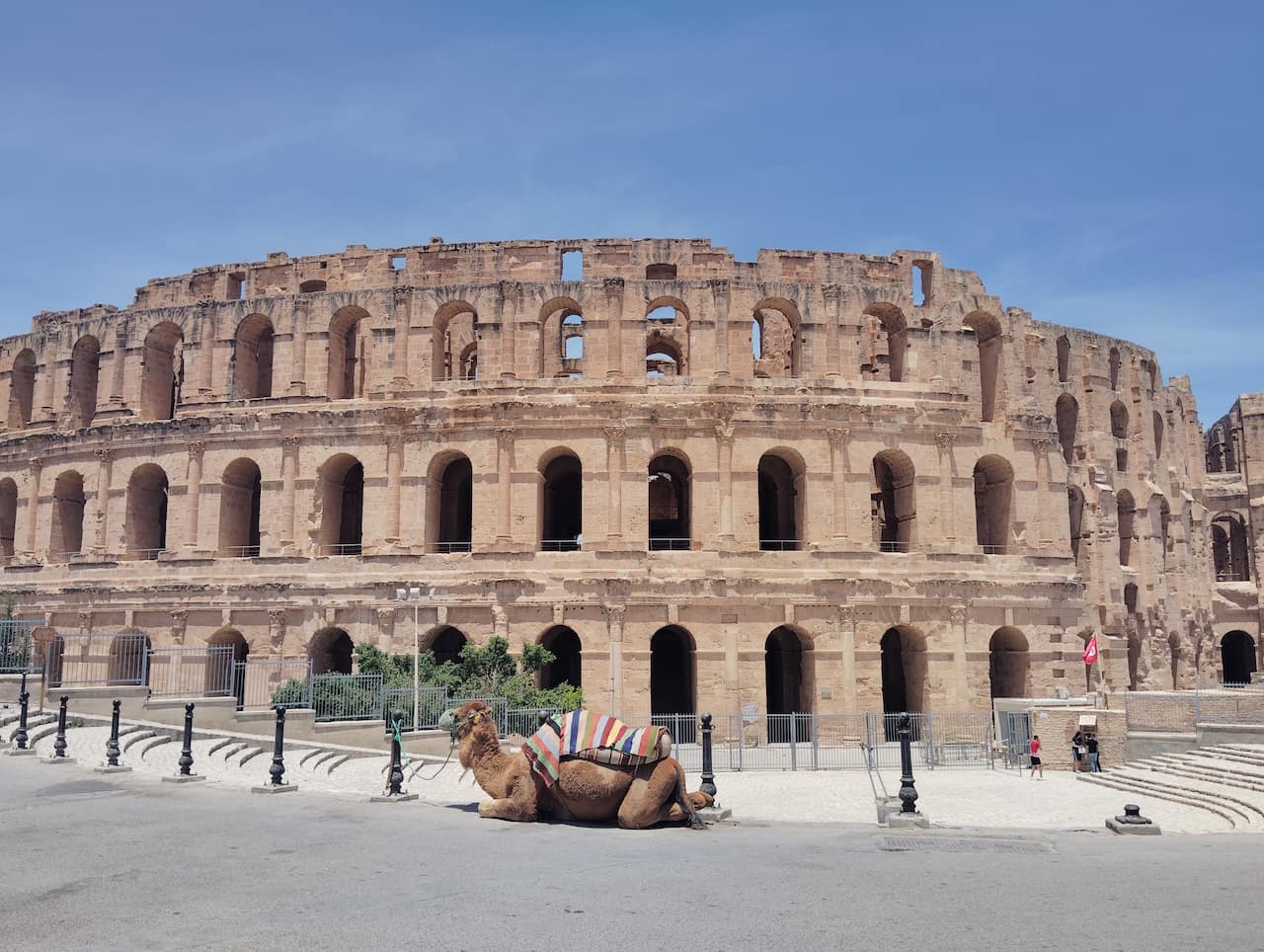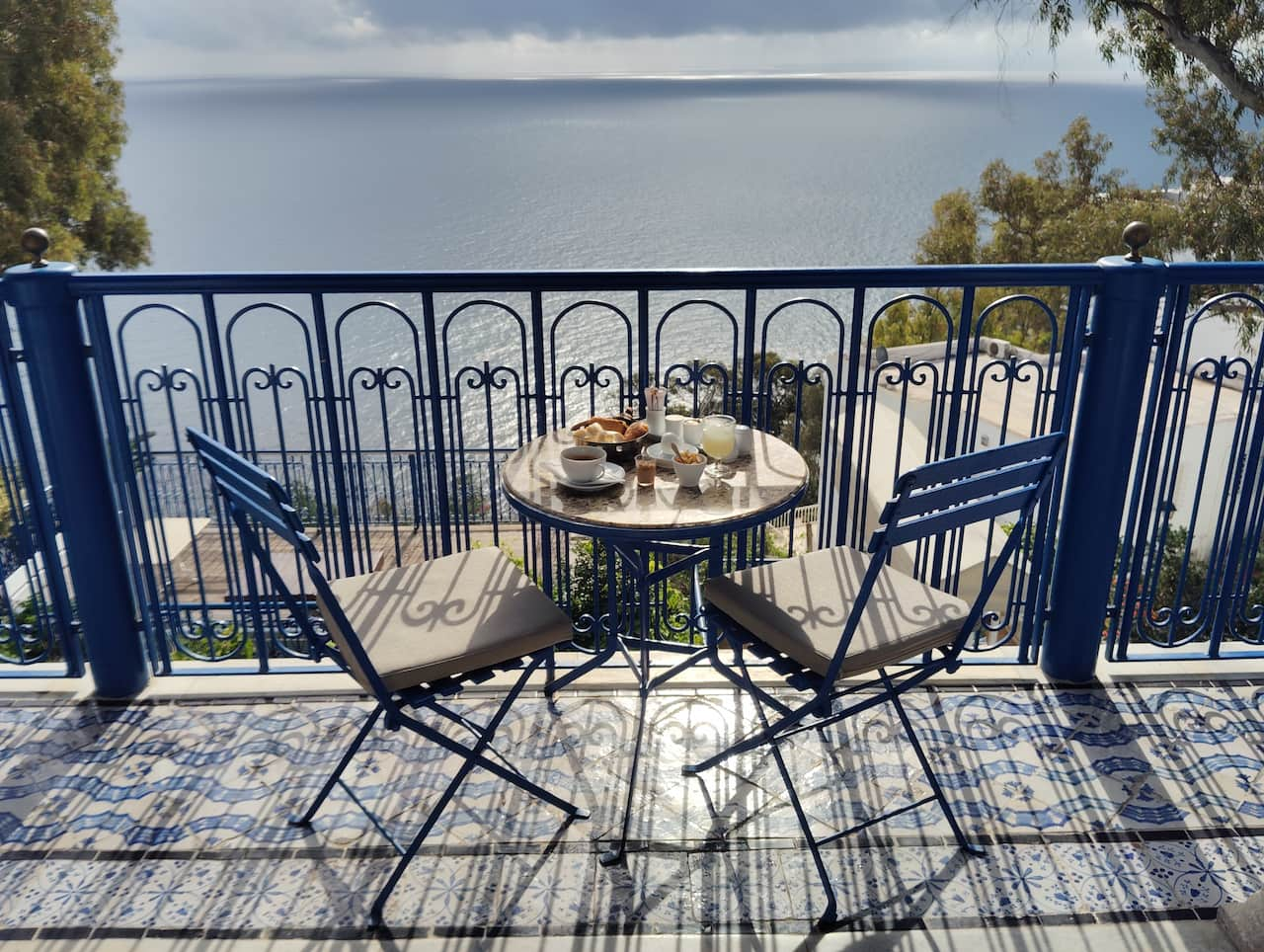The Royal National Park of Fulane stretches in eastern Eswatini (formerly Swaziland), near the border with South Africa. As the name suggests, once a royal hunting ground, this 30,000-hectare nature reserve is now a hidden gem of southern Africa, attracting real wild-looking travellers. From encounters with large carnivores to traditional African culture, welcome to the world of Fulane, which is filled with uncommercialized, rustic charm.
A wild paradise protected by a royal heritage
"Hlane" means "wilderness" in the local Siswati language, and as the name suggests, it is a stretch of untouched nature. It is worth mentioning that the park is under the direct control of the Eswatini royal family. The area, which was a royal hunting ground during the reign of King Sobza II, was declared a reserve and is now managed by the Big Game Parks Trust.
This strong connection to the royal family creates a unique atmosphere in the park. For example, you'll find signs with the king's portrait and facilities in royal colours that you won't find in any other African national park. The current king, Mrwati III, is also said to visit from time to time, and if you're lucky, you might meet a member of the royal family.
An inspiring encounter awaited by the Big Five
The biggest attraction of Fulane is that you can meet four of South Africa's "Big Five" species (lions, elephants, rhinos and buffalo). The encounter rate with lions is particularly high, and there are multiple prides in the park. Leopards are extremely rare, but if you're lucky, you might catch a glimpse of them.
On the safari drive, you'll traverse vast plains of acacia and thorns in search of wildlife. Especially on a sunset drive at dusk, you're more likely to see lions preparing to hunt and the various animals that gather in the water.
There are three main areas in the park, each with its own characteristics. The "Buyamethi" area is known for its lions, "Ndura" for its vast plains and waterholes, and "Mayatane" for elephants.
Get out of the car and taste the heartbeat of the earth
One of the special experiences of Fulane is a guided walking safari. Of course, it will be held in an area where there are no carnivores, but it is a valuable opportunity to experience the air of the earth, the sound of the wind, and the scent of plants that cannot be felt from a car.
In particular, the early morning walk around the "Mud Kimble Dam" is a special experience where you can quietly observe flocks of impalas and nyalas (a type of antelope) that come to drink water, along with a chorus of birds waking up in the morning mist. With commentary from an expert guide, you'll learn how to decipher the ecology of animals from their footprints and droppings, something you can't get on a car safari.
Evening time to experience traditional culture
A night in Flane is not just a place to rest, but also a precious time to experience the rich culture of Eswatini. During dinner at Ndrala Camp, there is an occasional performance of the traditional Siswati dance. The performances, with their powerful rhythms and vivid costumes, make you feel the deep history and pride of this country.
The storytelling around the bonfire is also an impressive experience. Stories of wildlife encounters, based on age-old oral tales and the real-life experiences of rangers, are more haunting than TV documentaries.
Enjoy the African wilds at an affordable price
One of the attractions of the Royal National Park of Frane is its affordability. The entrance fee is about $5 to 10 for adults and $25 to $30 for a safari drive, which is much more affordable than South Africa's Kruger National Park or Botswana's luxury lodges.
Accommodation ranges from traditional Behib camps to more comfortable lodges. In particular, "Ndrara Camp" is located overlooking the water hole, and it is a luxurious location where you can observe wildlife from the terrace. You might even be able to watch a family of elephants drinking water while having breakfast.
Practical info: how to visit and when to go
Frane is about a 1.5-hour drive from Mbabane, the capital of Eswatini. It can also be reached from Johannesburg, South Africa in about 4.5 hours. You can visit by private vehicle, but it's best to go on a safari in the national park in a park convertible and an experienced guide.
The best time to visit is during the dry season (May to September). There is less vegetation, making it easier to observe wildlife, and the risk of infectious diseases such as malaria is lower. During the rainy season (October to April), the lush landscape is attractive, but the dense vegetation reduces the rate of animal spotting.
Conclusion: In Search of Authentic Africa
A rustic, authentic African experience that sets it apart from the crowded Kruger National Park and luxury lodge-lined safari parks. Steeped in the pride and history of the Eswatini Kingdom, the Royal National Park of Flane is a special place to introduce you to the wilderness of Africa and a new place to discover for experienced safari enthusiasts.
